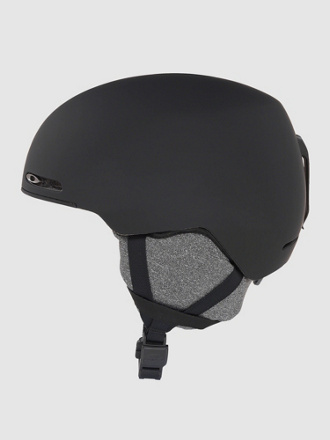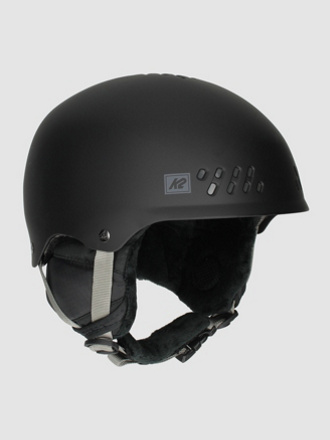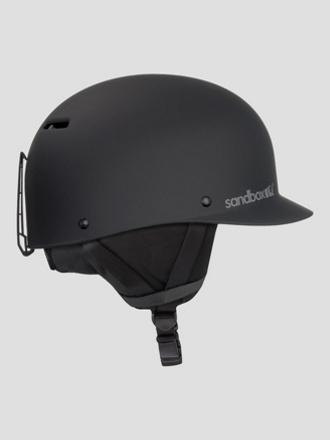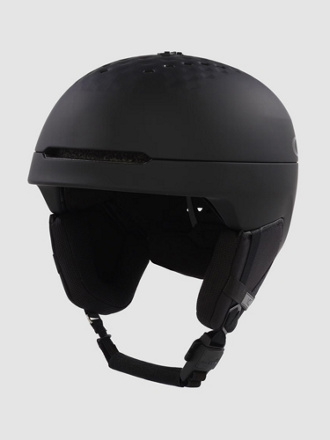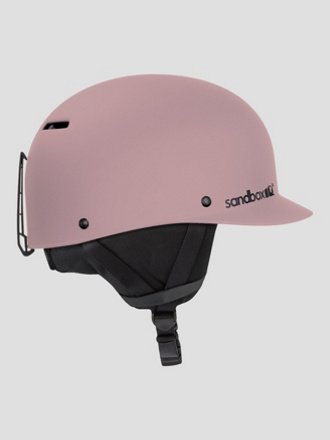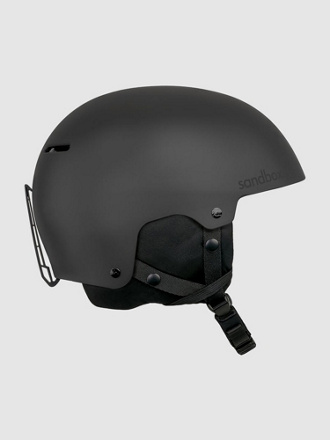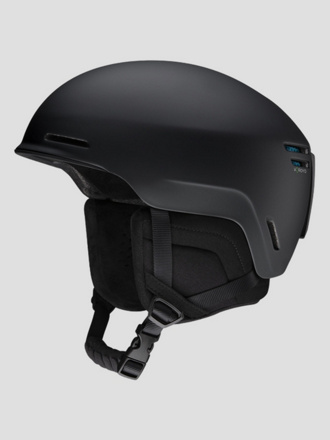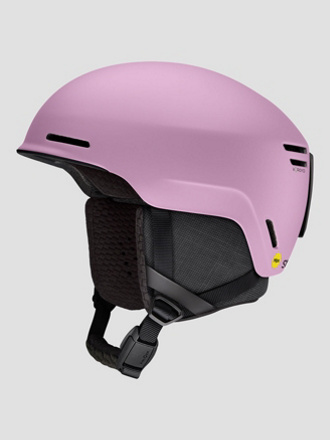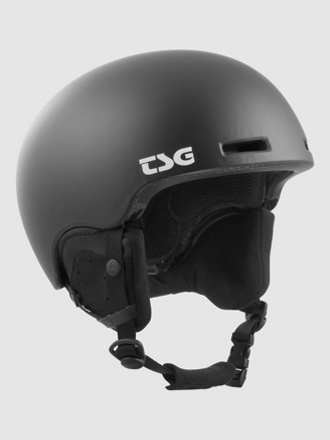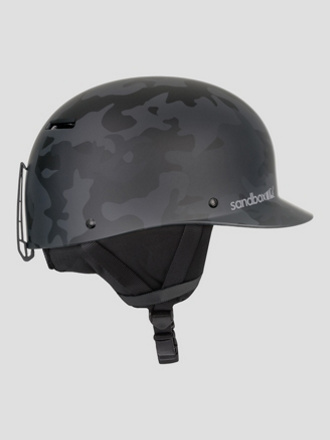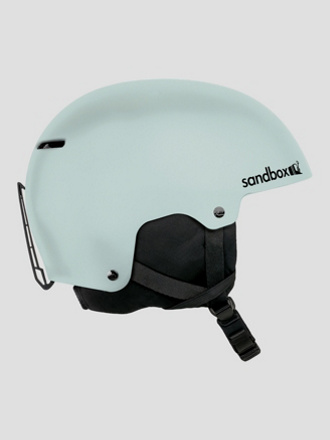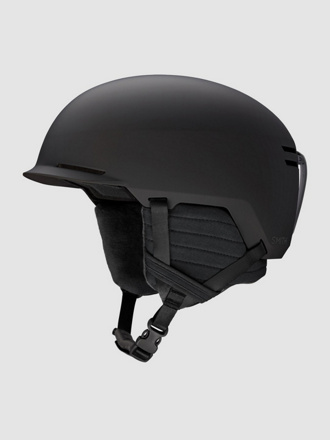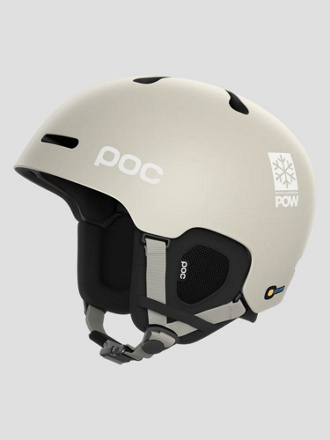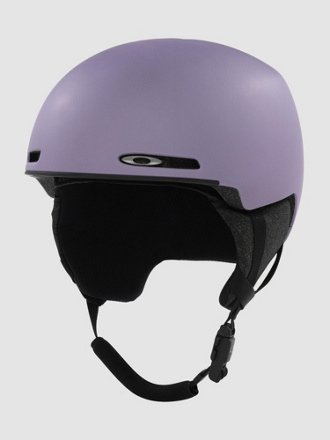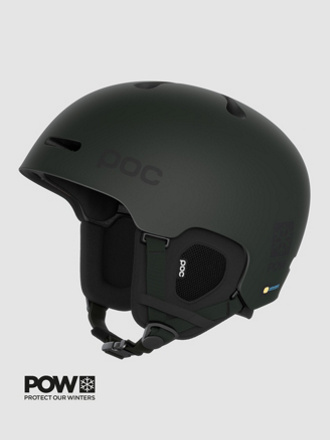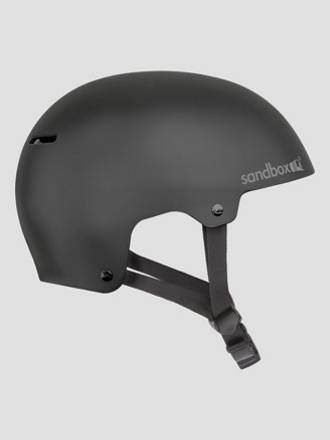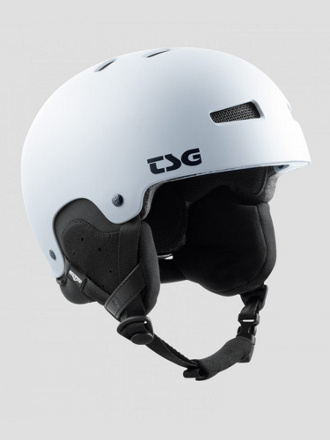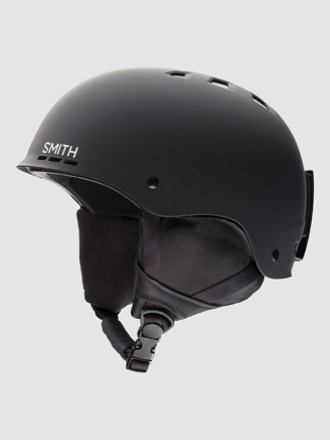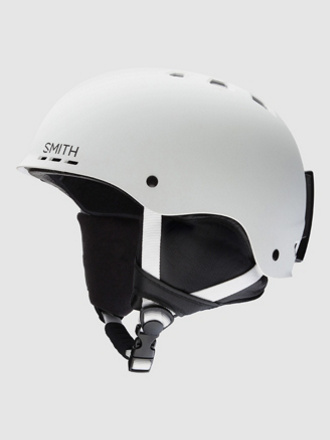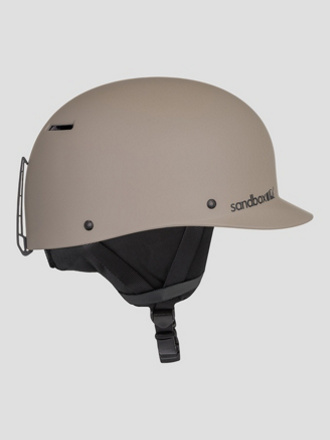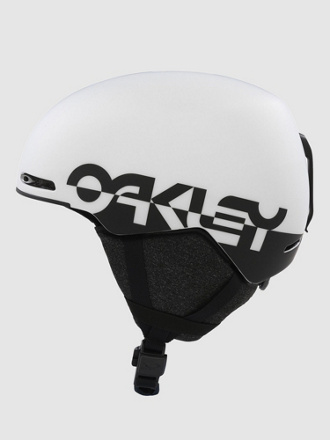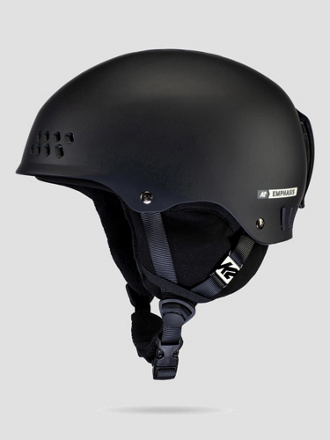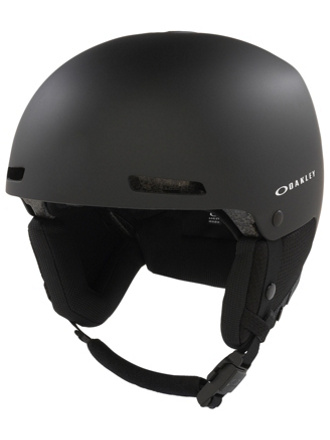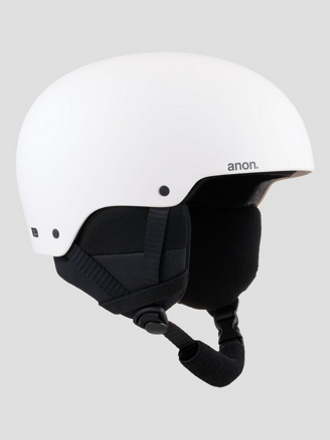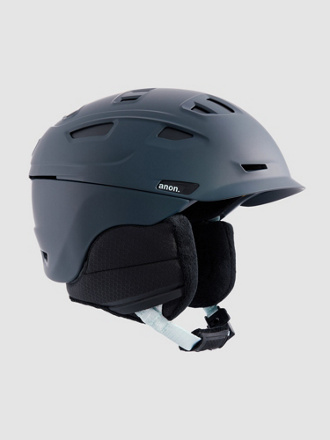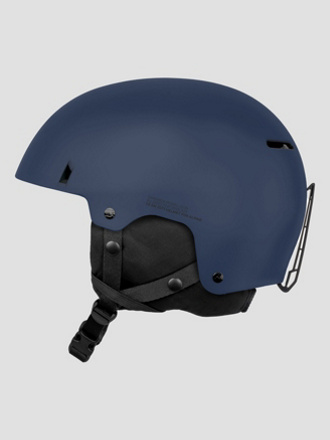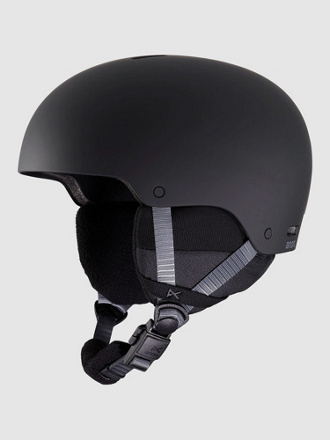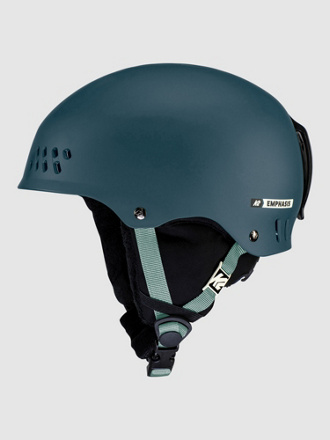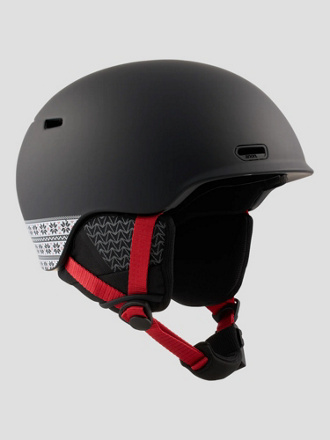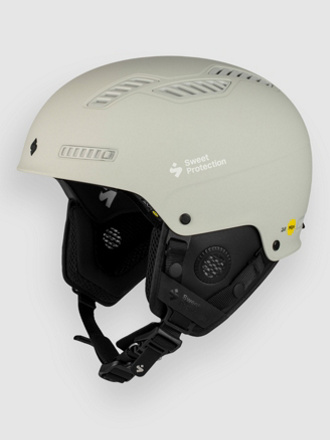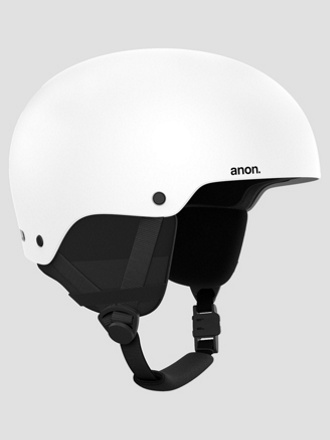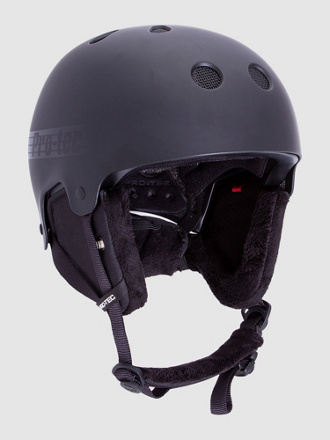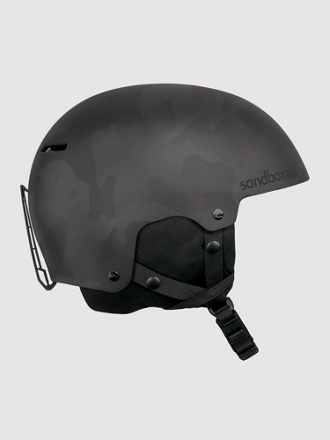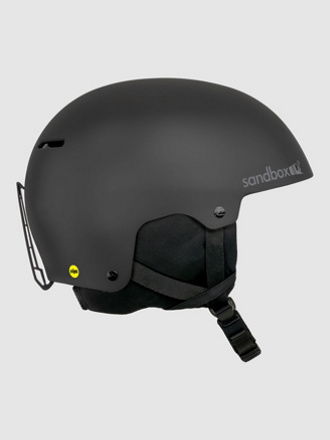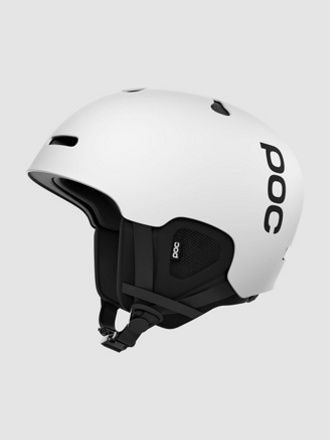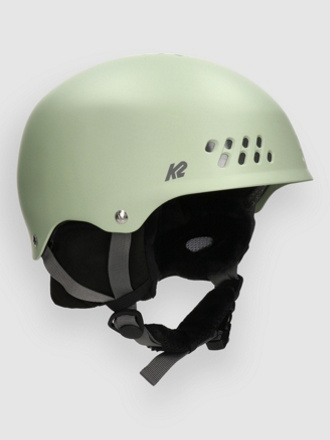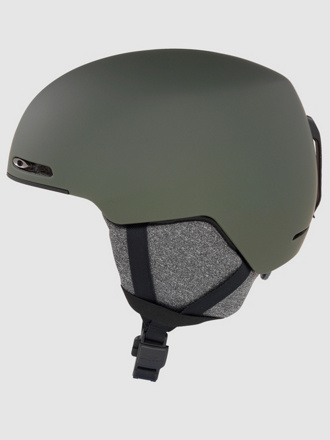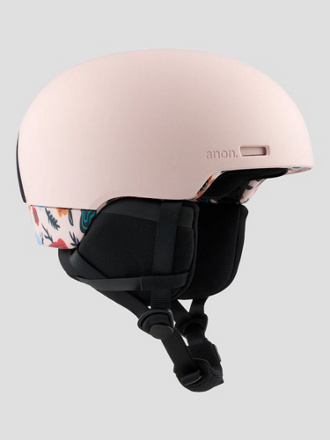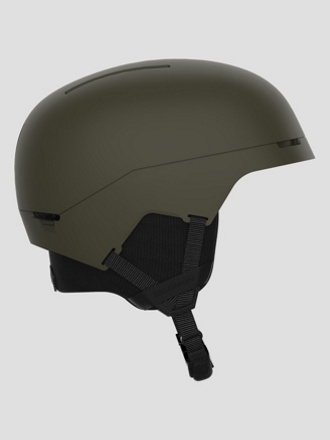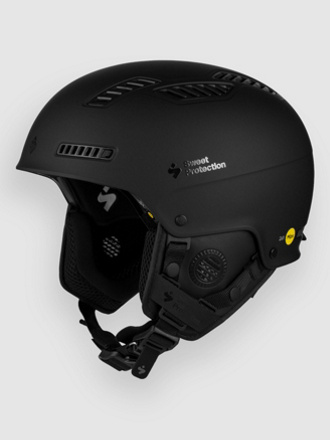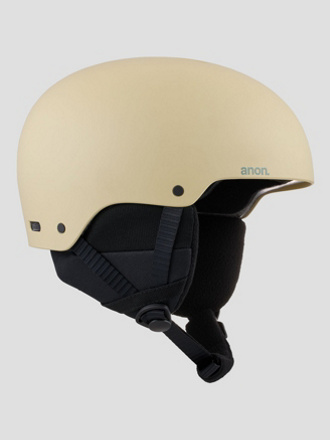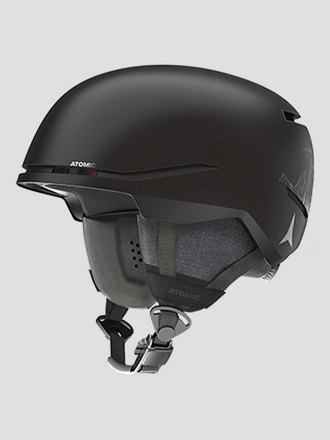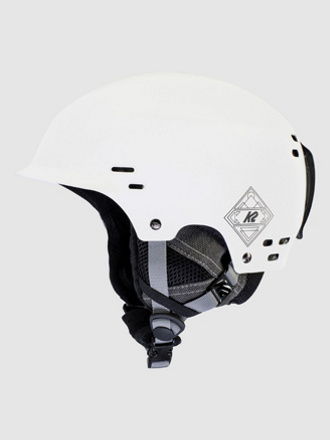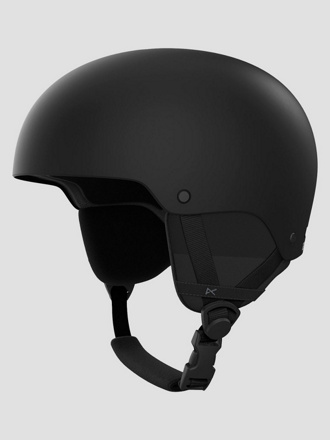
Snowboard Helmets
(127)You have seen 60 of 127 products
Page 1 of 3
Safety meets style: snowboard helmets at Blue Tomato
Blue Tomato stands for an extensive selection of snowboard helmets that combine safety, comfort and style. From innovative technologies to trendy designs. You'll find snowboard helmets in a wide range of designs for men, women and children. We offer you a brief overview here – you can find more information in our detailed Buyer's Guide. For personalised advice, please contact our customer service team or pop into a Blue Tomato shop near you.
Find the snowboard helmet that best suits your needs
Safety first when snowboarding
Look out for certifications such as EN 1077 A/B in Europe or ASTM F2040 in the USA. These guarantee that the helmet fulfils shock absorption and puncture resistance requirements.
Fit and size
A well-fitting helmet is crucial. Measure your head circumference and choose according to the size chart. The helmet should fit snugly without pinching.
Difference between snowboard and ski helmets
While many models are suitable for both sports, special snowboard helmets often offer a lower profile and are more inspired by the style of the skate scene.
Technology and features
Modern helmets come with features such as MIPS for additional protection against rotational forces, adjustable ventilation systems, compatibility with audio systems and special materials such as Koroyd®.
The most important features for your new snowboard helmet
- Good ventilation ensures comfort and optimum climate control.
- Make sure your helmet and goggles are compatible.
- Models with size adjustment, adjustable straps and padding ensure a good fit.
Find snowboard helmets from our favourite brands here
Discover helmets from brands that perfectly combine innovation and style:
With our selection, you'll not only be safe, but also stylish. Whether in the park, on the piste or in powder – choose the helmet that suits you.



